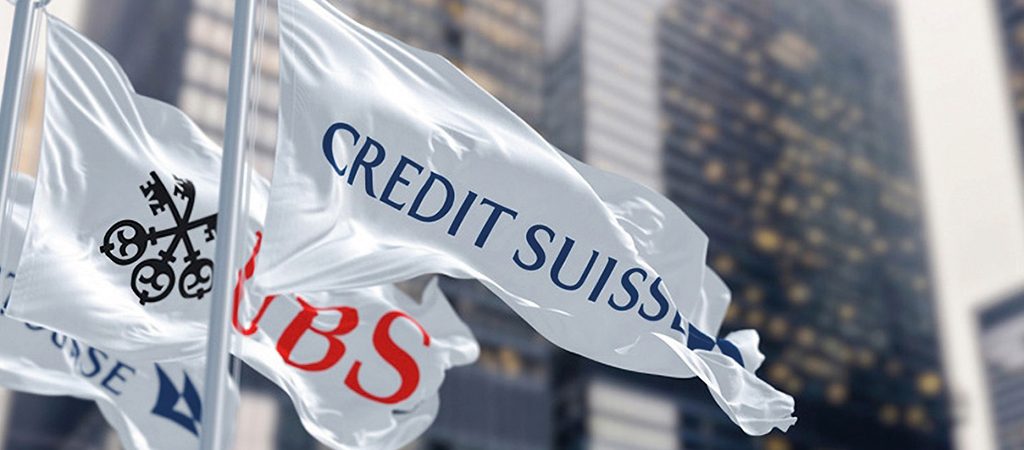
A feast for litigators: Fallout from the UBS-Credit Suisse merger
As AT1 bondholders use “the world’s best, most expensive lawyers” to take on the Swiss financial regulator, what lessons does the Swiss bank merger provide?
On Sunday 19th March 2023, the unthinkable happened in Switzerland: Credit Suisse (CS) announced that it had entered into a merger agreement with UBS. This was no ordinary merger, but arguably the only viable emergency solution following a crisis of confidence and heavy deposit withdrawals. Ultimately, a catalogue of scandals and sustained financial losses at CS had led the two titans of Swiss banking to become one via a state-brokered deal – the biggest banking merger since the global financial crisis. Following the intervention of the Swiss Federal Department of Finance, the Swiss National Bank and the Swiss Financial Market Supervisory Authority (FINMA), UBS emerged as the ‘surviving entity’ from a fraught weekend of negotiation.
A triumph of Swiss efficiency, it was achieved in no small part thanks to the lawyers who worked at great speed to get the deal over the line before the markets opened on Monday morning, thereby avoiding a potential disaster. But on any view, the deal was fairly disastrous for CS shareholders and a genuine bargain for UBS, which paid the modest sum of $3.6bn for a bank that had an estimated tangible book value of around $33bn. Things were even worse for CS bondholders. While CS shares at least retained some value, albeit much reduced, additional tier one (AT1) bonds became entirely worthless.



